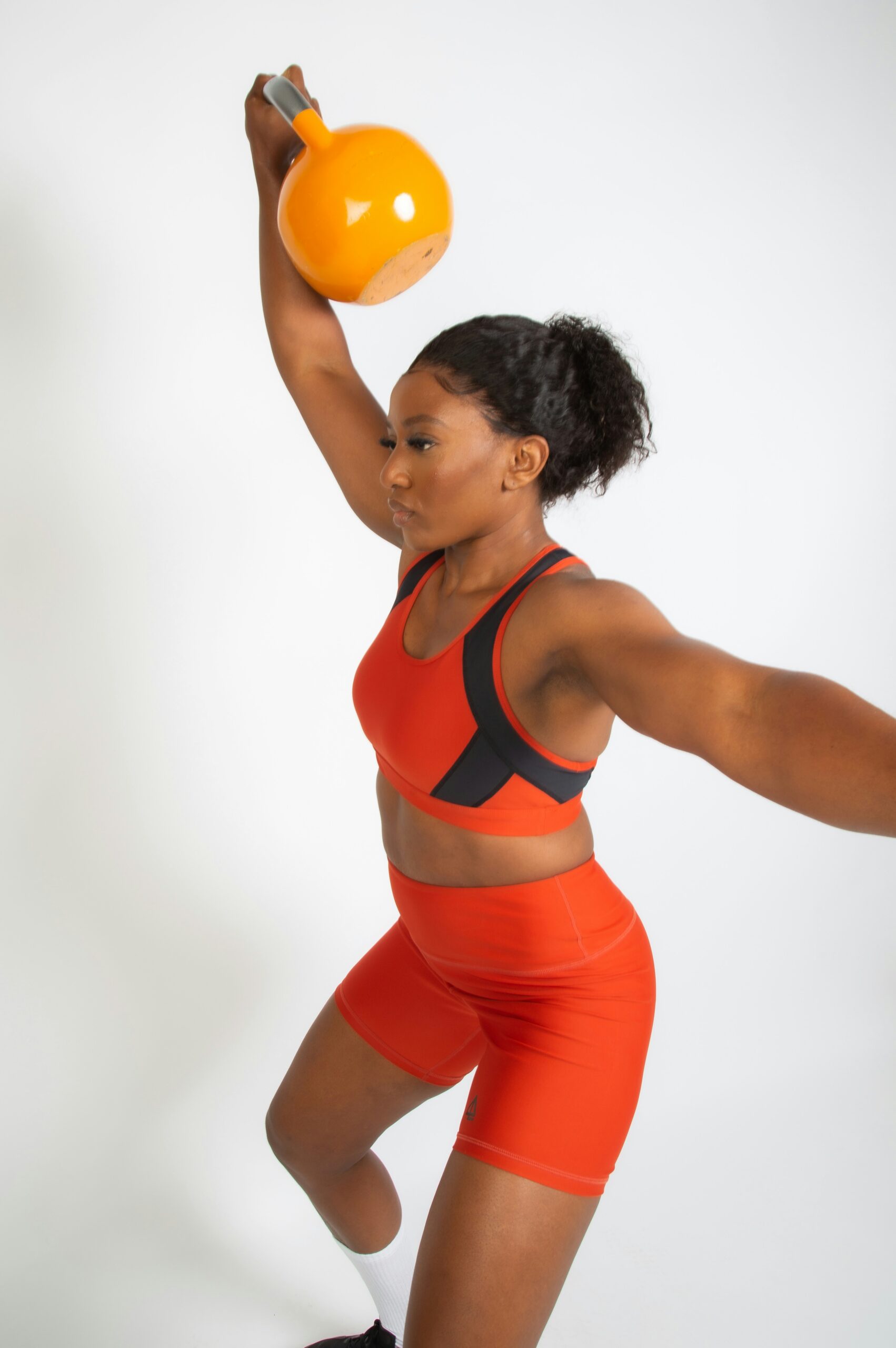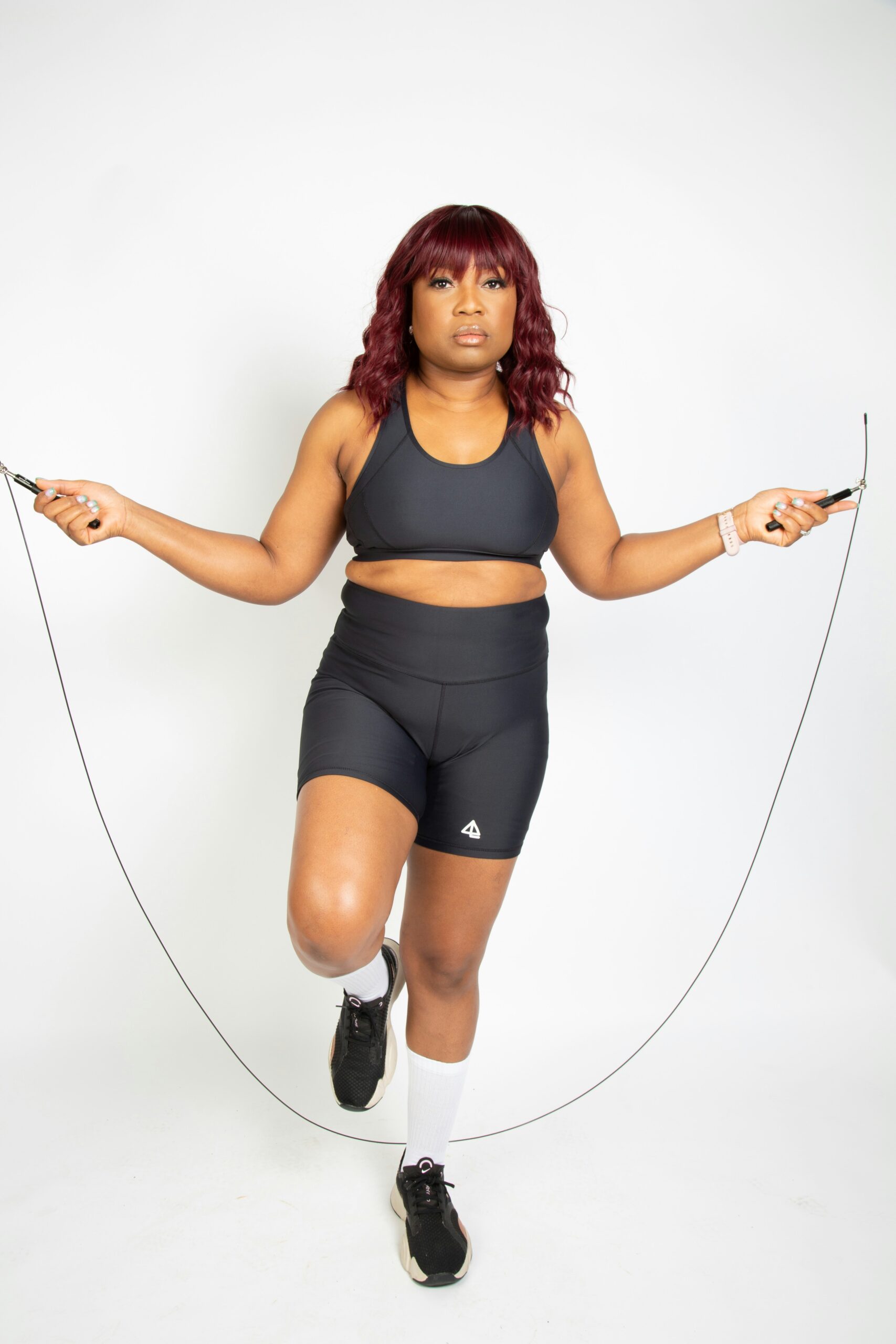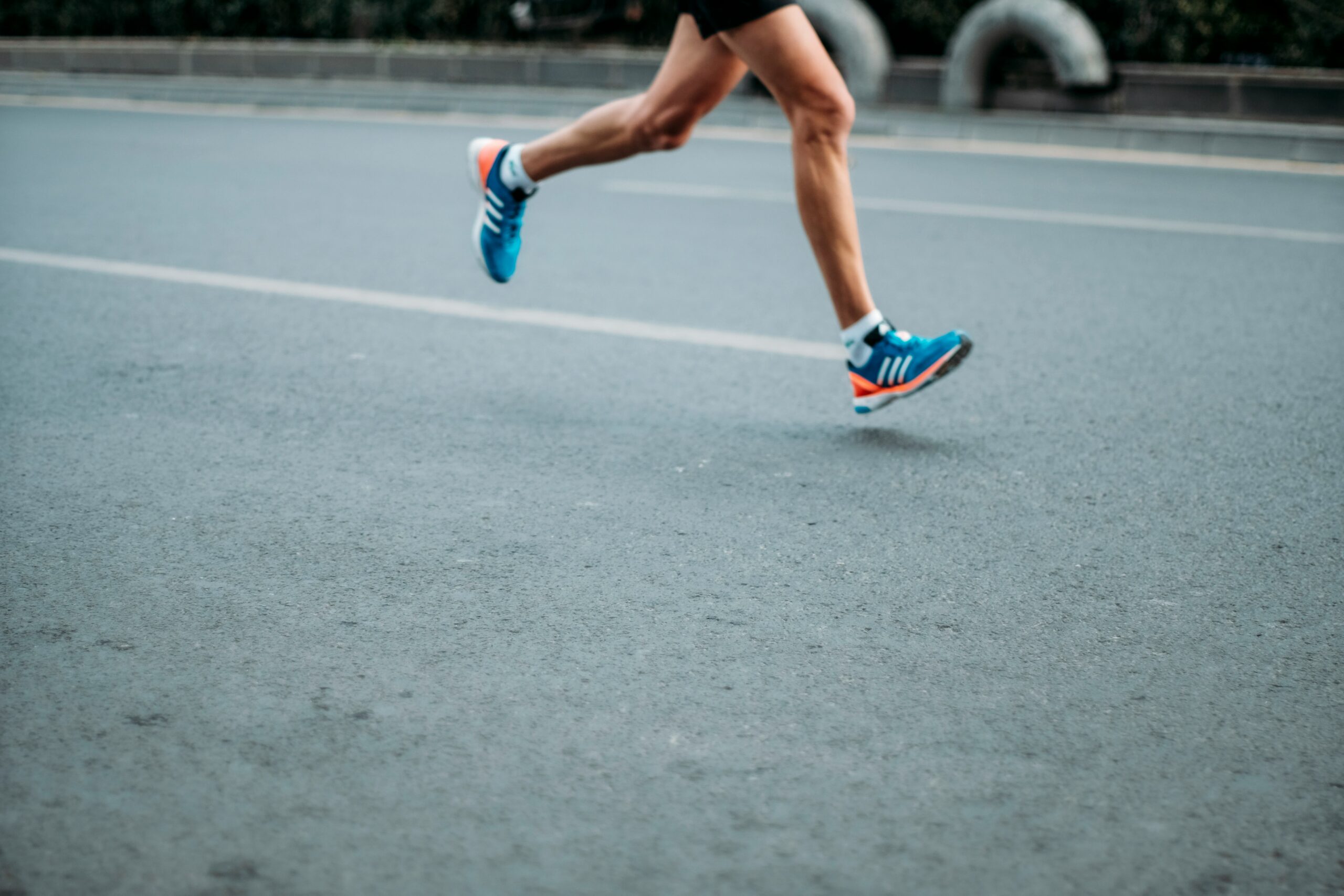Introduction: Think Outside the Box
In the ever-evolving world of sports, traditional training methods often dominate the conversation. Coaches and athletes alike have their go-to drills, routines, and philosophies. However, a growing body of evidence suggests that sometimes, to truly elevate your game, you need to step outside the confines of convention. It struck me recently, while watching a local basketball team practice, how the players were stuck in a predictable routine—free throws, layups, and defensive drills—but what if there was more to it? What if the secret to unlocking your potential lies in the unconventional?
In this article, we will explore some unconventional training techniques that can not only spice up your practice sessions but also enhance your performance in ways you may not have considered. From mental training to cross-disciplinary techniques, the following methods have been embraced by athletes across various sports, yielding impressive results. So, grab your gear, and let’s dive in!
The Power of Visualization: More Than Just Daydreaming
Visualization, or mental imagery, is a technique that has been utilized by elite athletes for decades. Yet, many still underestimate its potential. It involves creating vivid mental images of performances, helping athletes prepare for competition by rehearsing their actions in their minds.
I remember speaking with a former Olympic swimmer who swore by visualization. “Before every race,” she told me, “I would see every stroke, every turn, and even how I would feel at the finish line. It was as if I had already done it.” This approach can help athletes improve their focus, build confidence, and reduce anxiety. Here’s how to incorporate visualization into your training:
- Find a Quiet Space: Choose a comfortable spot where you won’t be disturbed.
- Close Your Eyes: Take a few deep breaths to center yourself.
- Visualize Specific Scenarios: Imagine yourself performing your sport flawlessly, paying attention to every detail—your technique, the environment, and even the sounds around you.
- Repeat Regularly: Make this a daily practice to reinforce positive outcomes.
Research suggests that visualization can enhance physical performance as effectively as physical practice. So, if you’ve been skipping this step, it might be time to add it to your routine!
Unleashing the Benefits of Play: Gamification in Training
Let’s face it: training can sometimes feel like a chore. The grind of repetitive drills can wear down even the most dedicated athlete. Enter gamification—a method that incorporates game-like elements into training to make it more engaging and fun.
This approach can take various forms, from setting up competitive drills to using technology like apps that track progress and offer rewards. For instance, a soccer coach I know transformed his team’s training sessions into a series of mini-games, complete with point systems and prizes for the winners. The results? Players were not only more motivated but also improved their skills faster.
Here are a few ideas to gamify your training:
- Set Challenges: Create friendly competitions among teammates or even against yourself.
- Track Progress: Use an app to monitor your achievements, giving yourself rewards for reaching milestones.
- Incorporate Fun Drills: Find creative drills that incorporate elements of play, like obstacle courses or scavenger hunts.
In essence, turning your training into a game can not only boost your performance but also reignite your passion for your sport.
Mindfulness and Meditation: The Overlooked Training Partner
In a world that often glorifies hustle and grind, the idea of slowing down may seem counterintuitive. Yet, mindfulness and meditation can be powerful tools for athletes. These practices help cultivate mental clarity, focus, and resilience—qualities that are essential for peak performance.
I recall attending a seminar led by a sports psychologist who emphasized the importance of mental training. “Your body can only go as far as your mind allows,” he said, and I couldn’t agree more. Mindfulness techniques can help athletes manage stress, enhance concentration, and recover faster.
Here’s how to incorporate mindfulness into your routine:
- Daily Meditation: Spend a few minutes each day focusing on your breath. This can help clear your mind and prepare you for training.
- Mindful Movement: Whether it’s yoga, tai chi, or simply a walk, focus on the sensations in your body and the rhythm of your movements.
- Body Scan: This technique involves paying attention to parts of your body, helping you to become more aware of tension and relaxation.
As athletes, we often focus on physical strength and endurance, but mental fortitude is just as crucial. Embracing mindfulness could be the secret ingredient that helps you maintain your edge.
Cross-Training: Mixing It Up for Maximum Gains
Cross-training isn’t a new concept, but its application can be rather unconventional. The idea is to engage in different sports or activities to enhance overall performance. Think outside your primary sport’s box! For instance, a runner might benefit from swimming or cycling, while a basketball player could gain agility from dance.
During a recent conversation with a triathlete, he mentioned how he took up rock climbing to improve his upper body strength and mental toughness. “It wasn’t just about building muscle,” he explained. “Climbing taught me to think strategically and face my fears, which translates directly to racing.”
Why cross-training works:
- Reduces Injury Risk: By varying your workouts, you give specific muscle groups a break.
- Enhances Overall Fitness: Different sports challenge your body in unique ways, improving your overall athleticism.
- Keeps Things Fresh: Breaking out of your routine can reignite your passion for training.
So, whether it’s salsa dancing or parkour, don’t hesitate to explore other sports. You might just discover a new love that enhances your primary game!
Using Technology to Your Advantage: Embrace the Digital Age
We live in an age where technology is at our fingertips, and athletes are increasingly leveraging it to gain a competitive edge. From wearables that track biometrics to apps that analyze performance, the options are endless.
Take, for instance, the use of video analysis. Coaches can record training sessions and break down athletes’ techniques frame by frame. I once watched a coach use this method with a young gymnast, pointing out minute adjustments that made all the difference in her routine. “It’s like seeing your performance through a new lens,” the coach said, and he wasn’t wrong. Analysis tools can help pinpoint strengths and weaknesses, leading to tailored training plans.
Here are some tech-savvy training methods to consider:
- Wearable Fitness Trackers: These devices can monitor heart rate, sleep patterns, and even stress levels.
- Video Feedback: Recording your practices allows you to analyze your performance objectively.
- Apps for Skill Development: There are countless apps designed to assist with everything from nutrition to specific drills.
While technology should never replace the basics, it can certainly enhance your training and provide insights that were previously difficult to obtain.
Recovery Techniques: The Art of Rest
When we think of training, recovery is often the forgotten stepchild. However, recovery techniques can be just as crucial as any drill or workout. The body needs time to repair itself, and incorporating unconventional recovery methods can speed up this process.
I remember attending a recovery seminar where one athlete shared her experience with cryotherapy. “It sounds crazy,” she said, “but spending a few minutes in sub-zero temperatures helped reduce my inflammation and get me back to training faster.” Whether it’s ice baths, massage therapy, or even mindfulness practices, finding what works for you is key.
Some unconventional recovery methods to explore:
- Floatation Therapy: This involves lying in a sensory deprivation tank, which can help reduce stress and promote relaxation.
- Foam Rolling: A simple yet effective way to relieve muscle tension and improve flexibility.
- Acupuncture: This ancient practice can help with pain management and recovery.
Incorporating recovery techniques into your regimen is an essential part of the training process. Remember, it’s not just about how hard you train but also how well you recover.
Conclusion: Embrace the Unconventional
As we’ve explored, elevating your game doesn’t always mean grinding harder or longer. Sometimes it’s about changing your approach, embracing the unconventional, and being open to new ideas. Whether you choose to visualize your successes, gamify your training, or explore the wonders of technology, the key is to find what resonates with you.
In my years of covering sports, I’ve seen firsthand how athletes who dare to be different often stand out. It’s the willingness to experiment and adapt that separates the good from the great. So, next time you lace up your shoes or step onto the field, remember: there’s a whole world of training techniques waiting to be discovered. Don’t be afraid to take that leap into the unconventional—you might just find yourself soaring to new heights.




